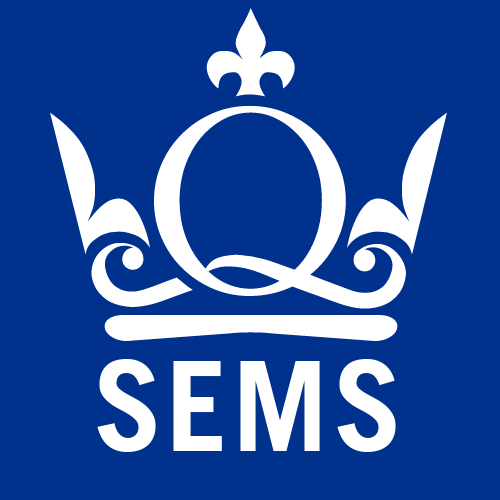PhD Research Studentships
Phosphorene Nanoribbons for Efficient Hole Extraction in Optoelectronics
| Supervisor: | |
| Apply by: | 31 January 2023 |
| Start in: | September (Semester 1) |
Description
Phosphorene nanoribbons (PNRs) are ribbon-like strands of the 2D material phosphorous, which, similar to graphene, are made of single-atom-thick layers of atoms. PNRs were first produced in 2019,(1) and hundreds of theoretical studies have predicted how their properties could enhance all kinds of devices, including batteries, biomedical sensors, and quantum computers.
In 2021, we were delighted to present the first evidence of PNRs in optoelectronic application.(2,3) In our previous work, we incorporated PNR interlayers into perovskite solar cells to demonstrate their effective hole extraction. While we have proven this material works, we have only done so when using it as an interlayer. This project will focus on individual hole extraction from PNRs and include measurements on isolated nanoribbons. Such unique measurements will also utilise the expertise and facilities in Physics, University College London (Prof. Howard) and the Cavendish Laboratory, University of Cambridge (Dr. Pandya).
Macdonald’s group is supported by an 1851 Research Fellowship and Royal Society University Research Fellowship (URF) which will fund the project on innovative PNRs. We have all the facilities to make state-of-the-art optoelectronic devices and drive this new and exciting field of research. Co-supervisor Dimitrov (Chemistry, QMUL) is a world expert at ultra-fast spectroscopy characterisation and will be collaborating for the measurement of PNR hole-extraction in optoelectronics.
Based on these activities, we therefore propose a PhD project located in SEMS to focus on measuring and understanding the mechanisms for hole-extraction in PNRs. The PhD student will utilise Macdonald’s state-of-the-art fabrication facilities for PNR optoelectronic devices. It will also fit well with Dimitrov’s association with the EPSRC-funded ATIP consortium of investigators developing PV applications including several leading companies and Imperial, Swansea and Oxford Universities.
- M.C. Watts, et al. Production of Phosphorene Nanoribbons. Nature. 2019, 568, 216-220.
- T.J. Macdonald, et al. Phosphorene Nanoribbon-Augmented Optoelectronics for Enhanced Hole Extraction. J. Am. Chem. Soc. 2021, 143, 21549– 21559.
- T.J. Macdonald, et al. Phosphorene Nanoribbons for Next-Generation Energy Devices. Joule, 2022, 6 (11), 2441-2446.

Funding
Funded by: SEMSThis studentship is fully funded and includes a 3 year stipend (set at £19,668 for 2022/23) and Home tuition Fees.
Eligibility
- The minimum requirement for this studentship opportunity is a good honours degree (minimum 2(i) honours or equivalent) or MSc/MRes in a relevant discipline.
- If English is not your first language, you will require a valid English certificate equivalent to IELTS 6.5+ overall with a minimum score of minimum score of 6.0 in each of Writing, Listening, Reading and Speaking).
- Candidates are expected to start in September (Semester 1).
Contact
For informal enquiries about this opportunity, please contact .
Apply
Start an application for this studentship and for entry onto the PhD Materials Science full-time programme (Semester 1 / September start):
Please be sure to quote the reference "SEMS-PHD-505" to associate your application with this studentship opportunity.
| SEMS Research Centre: |

